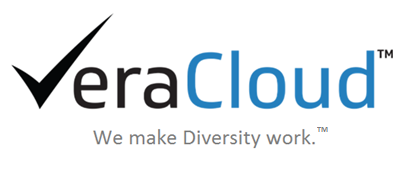In his annual State of the State address , NY Governor Andrew Cuomo focused on eradicating the COVID-19 epidemic, and stressed that the federal government must do more help to heal a devastated economy and address systemic inequality.
“COVID created low tide in America, and the ugliness that lurked below the surface was exposed and became visible for all to see… the racial divisions, the religious tensions, the government incompetence, the health care disparities, the social injustice and the danger of hateful leadership.” “The problems don’t just go away. They mount.”
President Biden has also leveraged the low tide analogy to speak about how the economic contraction brought on by COVID has revealed the devastation that has disproportionately ravaged small diverse businesses.
In particular, these businesses lack the critical banking relationships necessary to access the Federal economic relief secured to help preserve their businesses. The reason is simple yet stark, small diverse businesses generally have bank accounts, but rarely have bankers.
The Banking industry can remedy this condition by intentionally engaging diverse businesses by leveraging the same branches that have failed to reach small diverse businesses with COVID relief programs.
Bankers can apply intentionality to how they secure vendors to satisfy their operational requirements. In short, bankers can leverage the community-based “operational footprints” of their branches to target, engage and preserve the small diverse businesses that make up, support and enrich the very communities each branch serves.
As McKinsey recently noted: “The time has come”
Today’s crises, like the deaths that fuel the calls for racial equity, are not new; however, the responses to the crises are unprecedented. People in more than 4,200 cities and towns around the world have staged protests.
Fifteen to 25-plus million people in America have participated in them, and not just people from Black communities.
Over half of protestors (54 percent) are white, marking a notable difference from racial protests of the past.
By contrast, the US civil rights movement had hundreds of thousands of protesters. In addition, the largest group taking to the streets represents America’s newest generations, with the majority of protesters under the age of 35.
The statistics suggest that we are in the midst of the largest equity and justice movement of our time. It’s big. It’s powerful. And it will shape the future for consumer-centric businesses.
VeraCloud has successfully leveraged its diversity access and inclusion programs across private industries and throughout Government, making it easier to deliver on this kind of intentionality. VeraCloud brings transparency and clarity into diverse vendor marketplaces, facilitates access and connection for clients to easily accelerate and advance diversity inclusion initiatives across the board.
VeraCloud works with existing procurement infrastructure, technology and personnel achieving dramatic results without disrupting existing procedures and protocols.
Today’s business, cultural, and political environment requires that employers make Diversity and Inclusion a priority. Big business and government need to evolve beyond legislated compliance and the diversity requirements attached to public projects.
COVID has further exposed the need to adopt a community-forward intentionality to help save small businesses and combat a pervasive inequity in economic opportunity that has been laid bare by the economic fallout from the Pandemic.








